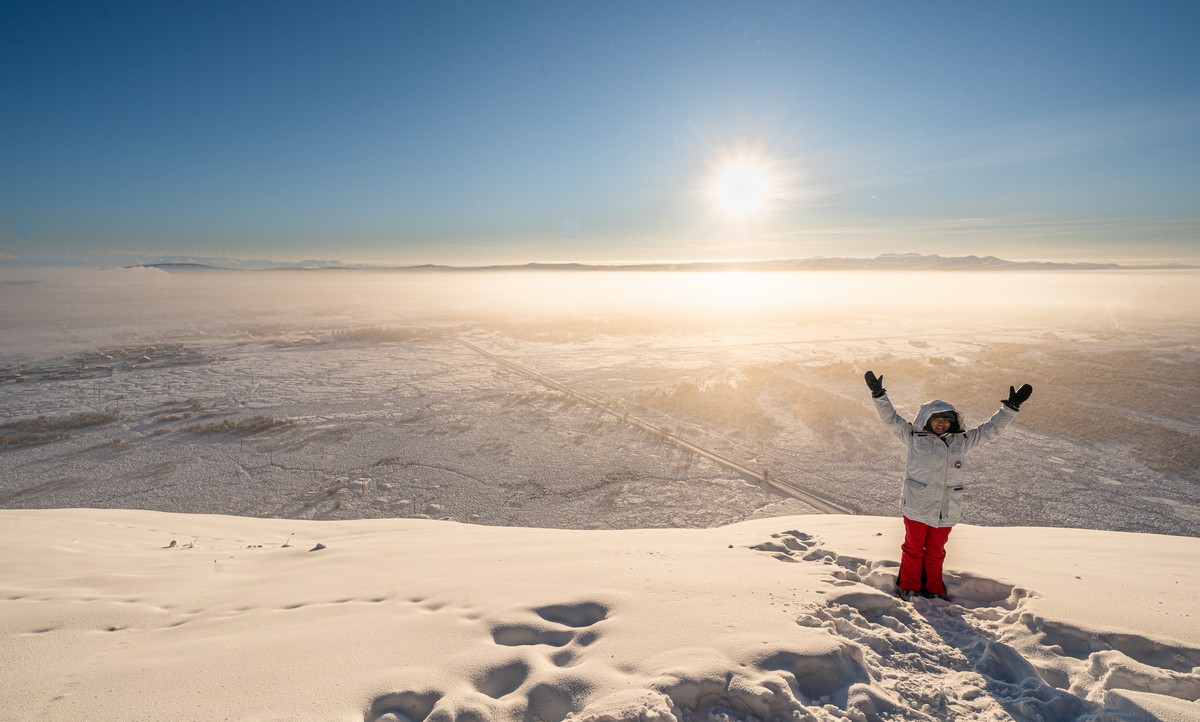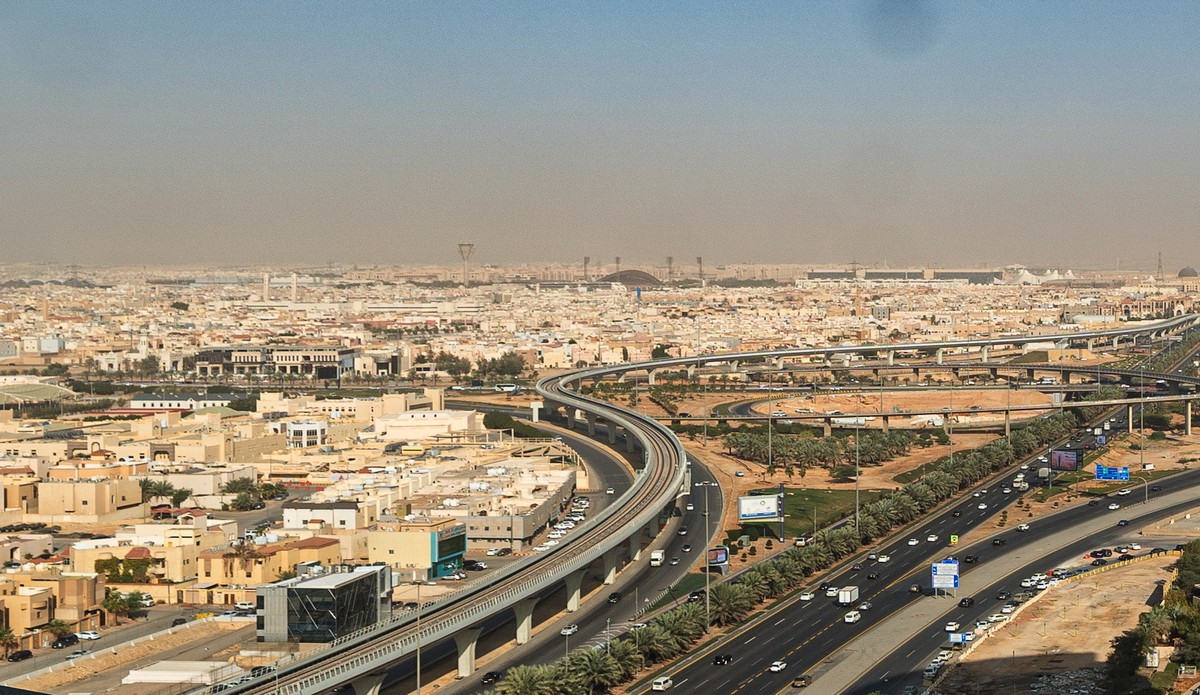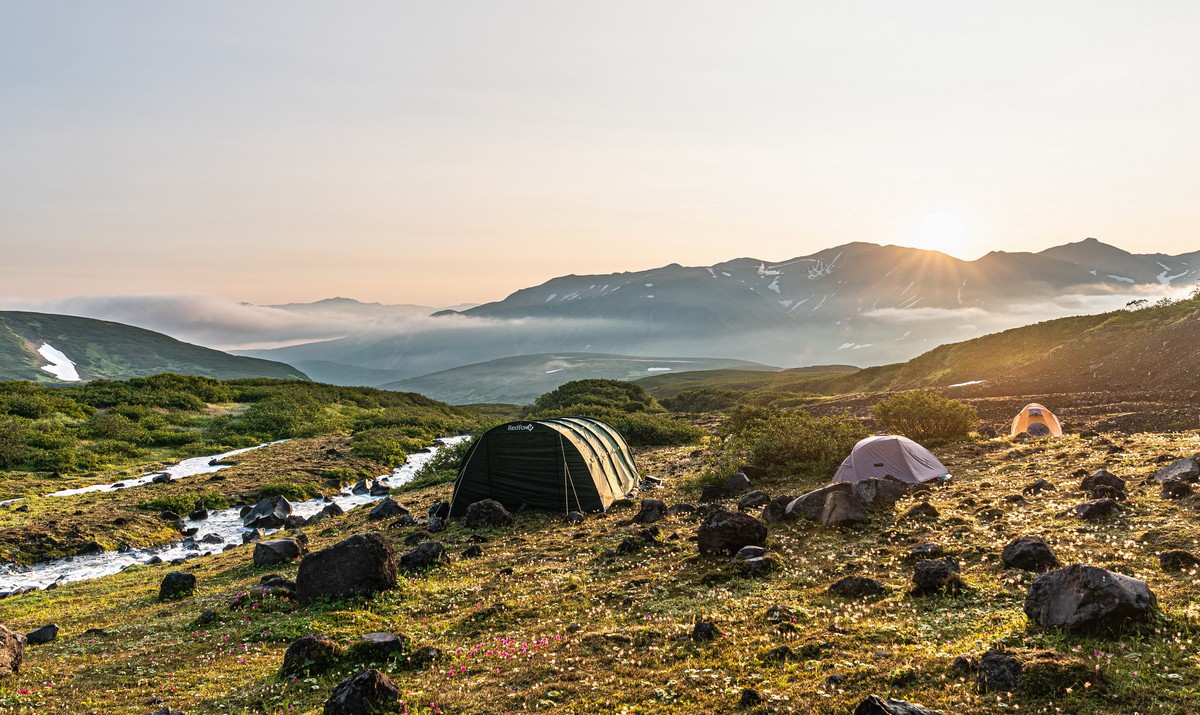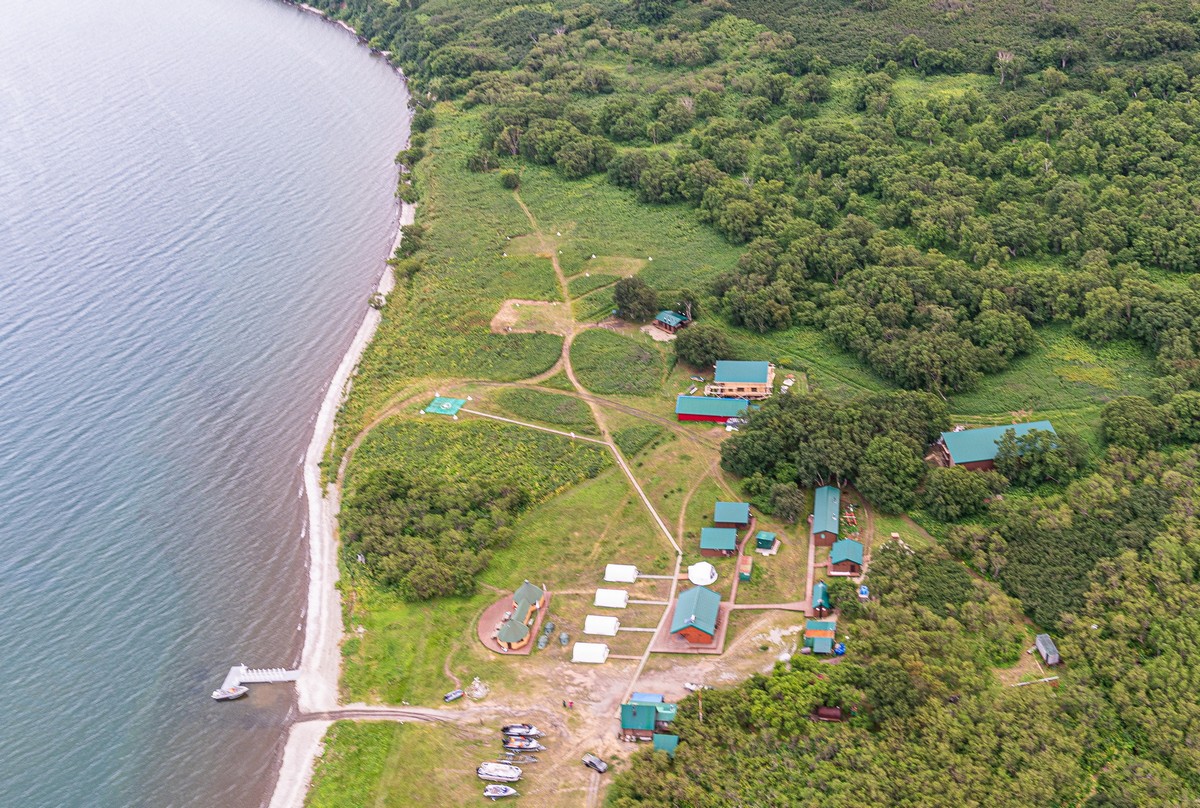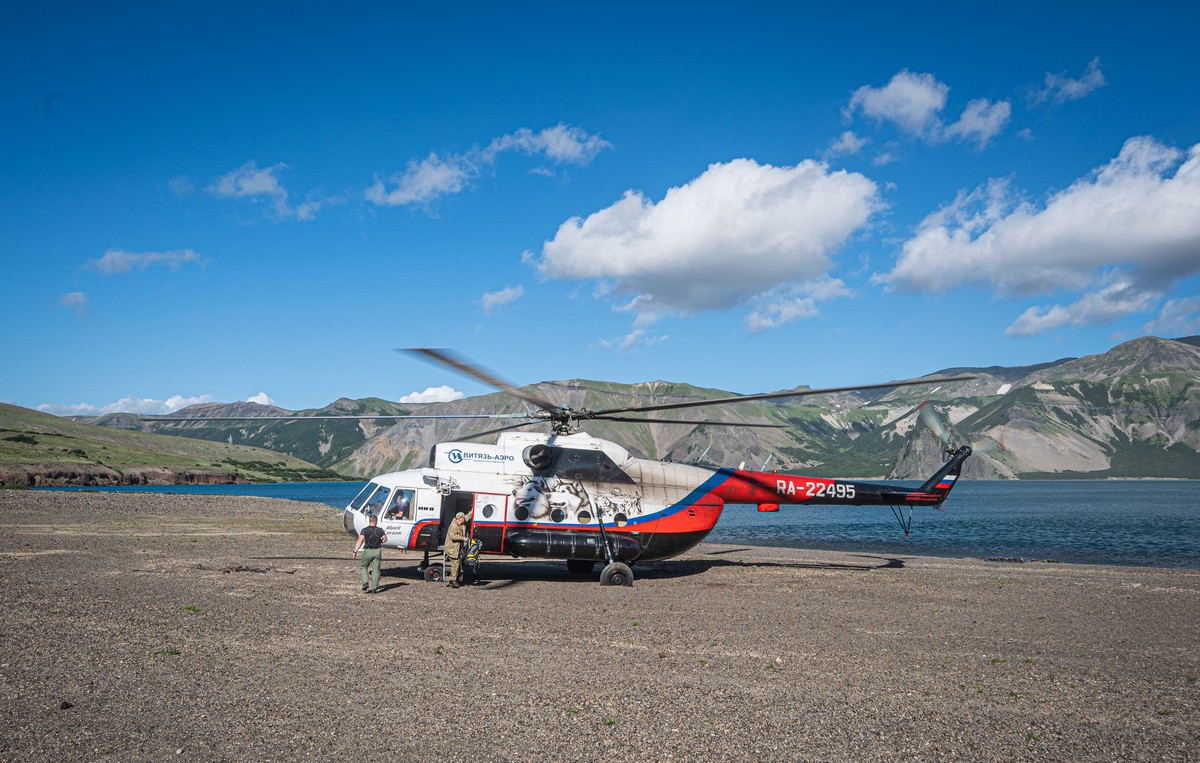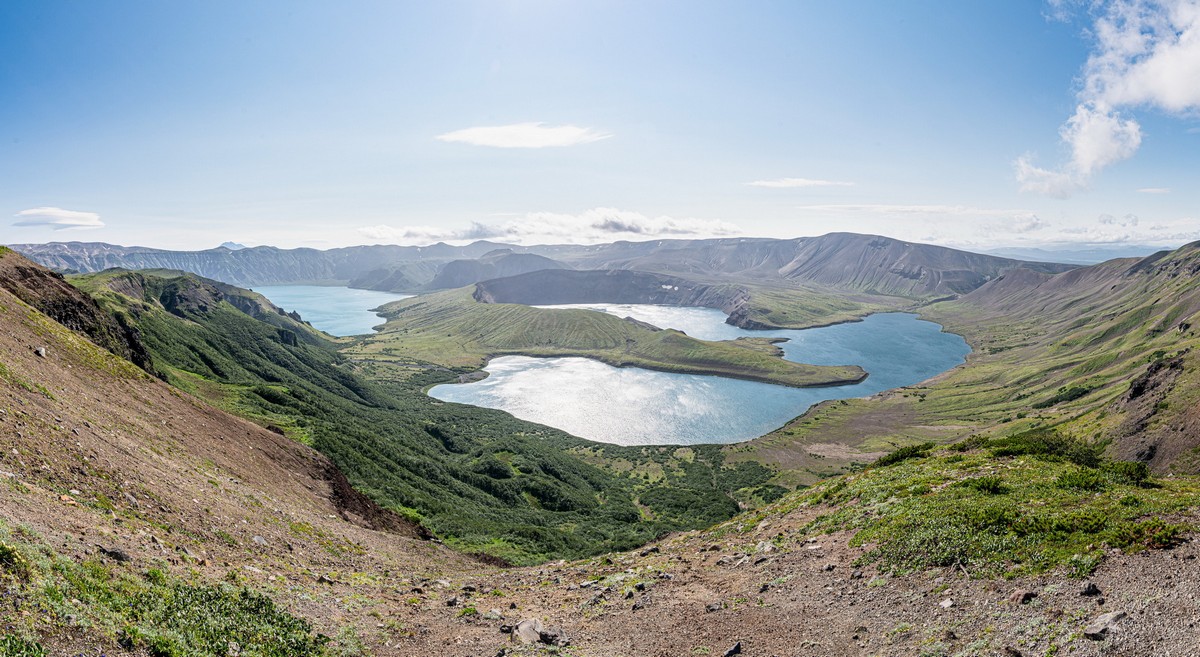April 8, 2022
Magadan–Yakutsk–Baikal (MYB): Poekhali!
Despite these hard times, we continue our work saving the world from all manner of cyber-maliciousness. We adapt; we carry on. I hope my travel notes and photos will help everyone viewing them to overcome any difficulties they may face – because there’s hardly a better cure than the beauty of nature
What can I write about this year’s MYB expedition when half of the route was covered – and extensively documented and photographed – a year ago on the MYM (Magadan–Yakutsk–Moscow) expedition – without repeating myself? I mulled this one over for a quite a while, finally deciding to chronicle this year’s tales in diary format, with adventurous tourists – and adventurous travel agencies – as the main intended audience (that is, after all of you, dear readers – whether you’re adventure tourists or not:).
From a curiously inquisitive tourist’s point of view, Magadan–Oymyakon–Yakutsk as a destination looks like a winner; however, no travel agencies offer it on a regular basis. Well, Yakutsk–Oymyakon–Yakutsk is offered – in minibuses, but that hardly does this destination justice: missed are plenty of other places in this remote corner of the globe that are truly astonishing (which I’ll get to later on). I guess one could of course take a scheduled bus along the highways here, but they’re mostly for locals needing to get from place to place around here – not tourists; that is, though relatively quick, there are no stops for photography, etc. at the most scenic spots. And there are plenty of scenic spots, plenty of very scenic spots, and plenty of sensationally scenic spots!…
Snow, ice, roads, and endless open spaces…

